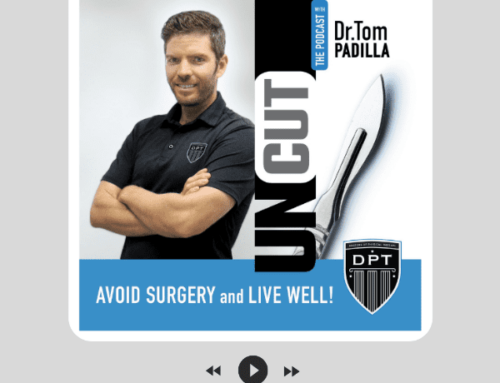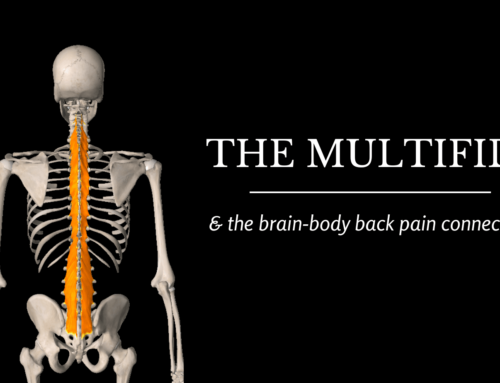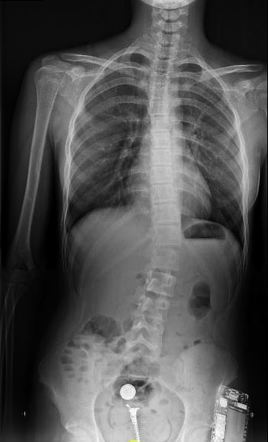
Can Physical Therapy Help With Scoliosis?
Scoliosis is a condition in which the spine has developed some sort of abnormal curve or curves. Scoliosis can be congenital, meaning it is present from birth, or it can develop over time. It can also be structural or functional. Structural scoliosis is when the spinal column itself is curved. Functional scoliosis is when the spine itself is not causing the curves, but that the muscles that hold us upright are imbalanced, creating uneven tension within the body and pulling our body so that it looks unaligned.
Anatomy
Our spine is supposed to naturally have two curves in it in the sagittal plane, as in front to back. You can see these when looking at the spine from a lateral, or side view. Our spine should have a gentle curve at the neck, or cervical region. This curve is called lordosis. The spine then curves slightly in the other direction at our thoracic, or midback. This is called kyphosis. The spine then gently curves back into lordosis at our lumbar (low back) region. It is normal to have these curves in our spine and these curves are what help with force dispersal when we walk, run, or jump. In a healthy spine, it does not curve to our left or right.
Structural scoliosis
In a spine with structural scoliosis, we see deviations from the midline, or center, of our body. The spine can curve left or right, and it can also begin to rotate. Structural scoliosis is often congenital, however can occur over time due to certain movement patterns and habits. This causes muscle imbalances throughout our body, impacts posture, and can contribute to pain, especially back pain.
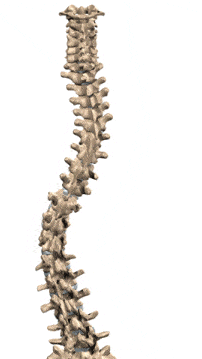
Functional scoliosis
In functional scoliosis, the spine itself does not cause misalignment, however the surrounding muscles are imbalanced, causing asymmetry in our body from side to side. Humans are not perfectly symmetrical creatures; oftentimes, we subconsciously slump or shift to one side, weighting one side of our body more than the other. Check in with how you’re sitting right now – have you been sitting with your weight equally balanced between your right and left? The answer is probably not. Now imagine if you continued to adopt that same unequal posture day after day. These muscles will eventually adapt to that new posture.
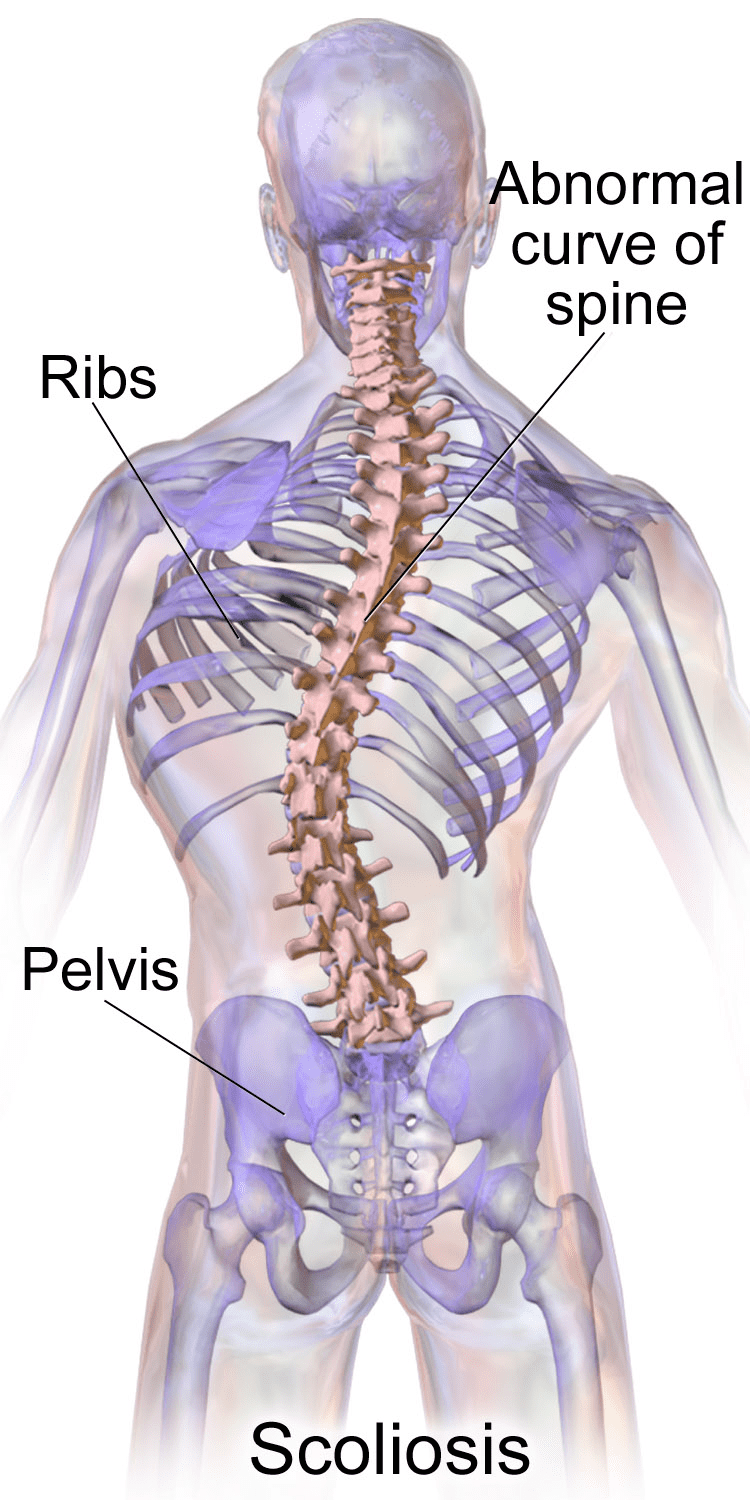
Structural Scoliosis Vs. Functional Scoliosis
The two categories are not mutually exclusive. Both involve our muscles and our spine. When a muscle is shortened and stays shortened, the brain interprets the shortened state as the new normal and keeps it that way. Our muscles act as a tensioning system, meaning if one muscle is tight, another muscle gets stretched in compensation. This continues up and down our trunk, causing one hip to appear higher than the other, or one shoulder to feel more forward than the other. The cause of this muscle imbalance may be postural, or from our movement patterns, or it may be from our spine itself. Conversely, those with structural scoliosis will also have some degree of functional scoliosis as their bodies continue to adapt to their spinal alignment in order to keep them upright.
How Can Physical Therapy Help Scoliosis?
Physical therapy is one of the best treatments for addressing muscle imbalances that accompany scoliosis. Physical therapists specialize in treating muscle imbalances and addressing the symptoms resulting from those asymmetries. If our spine has abnormal curvatures to it, this pulls all of the muscles at a different tension than a spine without abnormal curvatures. This causes weakness, poor muscle coordination, and pain.
Treating the muscular changes that come with scoliosis cannot be accomplished just by stretching. Muscles often feel tight because they are compensating for other muscles. These other muscles may be weak or they may also be tight themselves and pulling unevenly on the spine. In order to decrease muscle tightness, other muscles must be strengthened to maintain muscle length gained by stretching. Lastly, when our muscles are too tight or not used enough, they don’t fire correctly, leaving other muscles to try to work harder for them. These muscles must not only be strengthened, but also reeducated to fire appropriately at the right time.
Have you been diagnosed with scoliosis and want to avoid surgery or improve your mobility? We have helped people just like you become more active, healthy, and mobile through hard work and skilled intervention. Please click below to speak with one of our patient experts and see if you qualify for a discovery consultation to learn more about physical therapy so you can begin to live life today.
Images: https://www.orthogate.org/press/musculoskeletal-medicine/anatomy/spine/
https://represent.com/scoliosis
https://radiopaedia.org/articles/scoliosis-paap-view?lang=us



